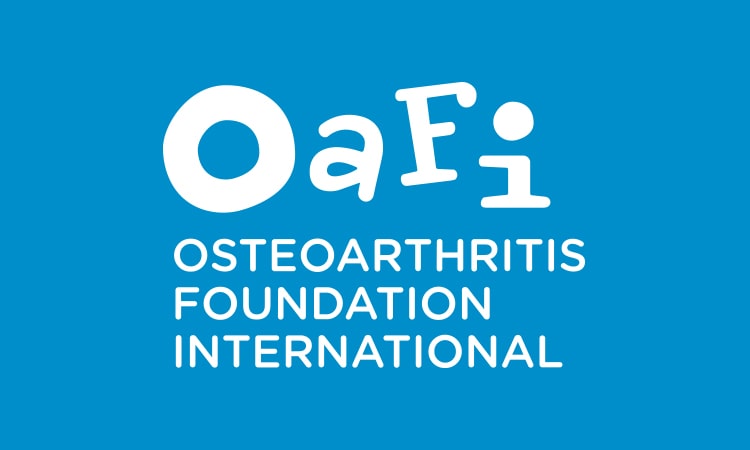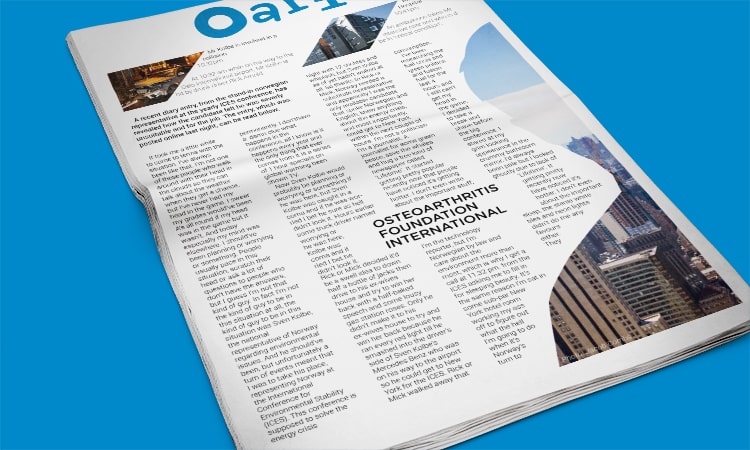- Foundation
- Actions
- Osteoarthritis
- Actuality
- OAFI Radio/TV
- Get Involved
- Contact
-
-
-
OAFI
Osteoarthritis International FoundationC/ Tuset, 19 · 3º 2ª
08006 Barcelona
(+34) 931 594 015
info@oafifoundation.comSchedule:
Monday-Thursday 9AM-6PM
Friday 8AM-3PM
-
-
-

-

-

High fiber diet reduces the risk of knee osteoarthritis

It is the conclusion of two long-term studies conducted in the United States
A diet rich in fiber is linked to a lower risk of painful knee osteoarthritis, according to the first study of its kind, published in the Annals of the Rheumatic Diseases magazine.
The findings, which are based on two separate long-term studies, are in line with the other reported health benefits of a high-fiber diet. These include reduced blood pressure, weight and systemic inflammation, and better blood glucose control.
The researchers extracted data from two US studies in an attempt to find out whether dietary fiber might have any influence on the risk of knee osteoarthritis, symptomatic knee osteoarthritis and worsening knee pain.
Two long-term studies
The first of these studies was the Osteoarthritis Initiative (OAI). For two years, between 2004 and 2006, it tracked the health of nearly 5,000 US men and women with or at risk for osteoarthritis of the knee to pinpoint potential risk factors.
The second was part of the Framingham Offspring cohort study, which has been tracking the health of more than 1,200 young adults from the original Framingham Heart Study and their partners since 1971. For the current study, the results are based on data first taken from 1993 and 1994, when participants were 54 years old on average, through 2002 and 2005.
For both studies, dietary fiber intake was measured using Food Frequency Questionnaire responses. It averaged about 15 g per day in the OAI, and 19 g per day in the Framingham Offspring study.
Information on symptoms and radiographic evidence of osteoarthritis was collected annually for four years in the OAI and assessed after nine years in the Framingham Offspring study. Data were also collected on potentially influential factors, such as knee injury or surgery, medications and lifestyle, including tobacco and alcohol consumption and physical exercise.
Analysis of the data showed that eating more fiber is associated with a lower risk of OA knee pain. Compared to those taking less fiber (25% of participants), those taking more fiber (25% of participants) showed a 30% lower risk in OAI and a 61% lower risk in the Framingham study. But it was not associated with X-ray evidence of knee osteoarthritis.
Other benefits of fiber-rich diets
In addition, among OAI participants, eating more fiber in general, and a high intake of cereal fiber, were associated with a significantly lower risk of worsening knee pain.
These findings were true regardless of other potentially influential factors.
This is an observational study, so no firm conclusions can be drawn about cause and effect. However, the researchers say, “These data demonstrate a consistent protective association between total fiber intake and knee-related symptomatology [osteoarthritis] in two study populations with careful adjustment for potential confounders.”
And they point to other evidence suggesting that a high-fiber diet is associated with a number of health benefits, many of which are relevant to osteoarthritis.
Article’s reference
Categories :






















Leave a Reply